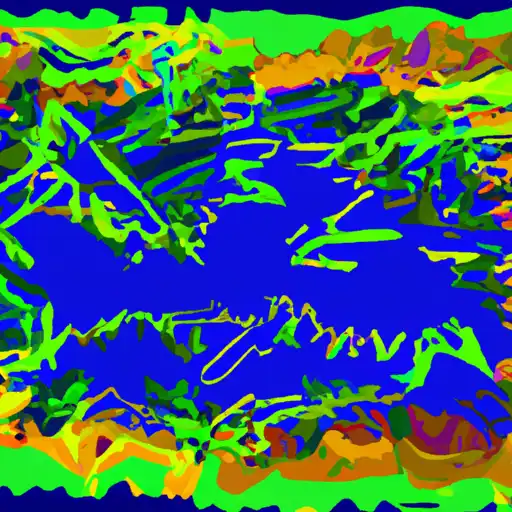
Makatea
Unveiling the Natural Wonders of Makatea in Tahiti: A Journey into Polynesian History and Culture
Surrounded by the expansive poise of the Pacific Ocean, the island of Tahiti in French Polynesia is a treasure trove of mesmerising natural attractions. One such wonder, often overlooked but radiating irresistible charm, is the unique formation of ‘Makatea.’ A geological marvel in its own, Makatea promises an experience unlike any other. In this blog article, we delve deep into what Makatea offers, the culture that surrounds it, and the unforgettable ties it has with Polynesian and Tahiti culture.
What is Makatea?
‘Makatea’ refers to the unusual uplifted coral islands scattered throughout French Polynesia. Derived from the Tahitian words ‘maka’ (rock) and ’tea’ (white), Makatea presents an intriguing blend of jagged, rough limestone cliffs, lucid blue waters, and rich vegetation. But perhaps the most unique feature of Makatea is its network of massive underground fresh-water caves, which attracts explorers and geologists from around the globe.
Makatea – A Natural Artwork
Makatea is an arresting scenery that can easily be classified as a geological masterpiece. Natural erosion and uplifting are responsible for the Makatea’s rugged beauty. The spectacular cliffs, rising up to nearly 100 meters in some regions, are teeming with flora unique to the region.
The subterranean water caves, one of the most distinctive features of Maketea, host a rich range of species, introducing you to a microcosm of the South Pacific at its rawest. These caves are considered sacred in Polynesian culture and are a must-visit for anyone interested in both natural history and regional mythology.
Makatea and Polynesian Culture
Makatea shares a deep and profound connection with Polynesian culture. A place of great cultural and historical significance, Makatea was the site of large phosphate mining operations in the twentieth century. The mining, however, was abandoned in the 1960s, but remnants of this industrial past can still be seen, posing a stark contrast to the island’s natural beauty.
The caves—referred to as ‘ana’ in the Tahitian language, hold an integral place in the Polynesian culture. They were once thought to be the dwelling places of the gods, and many significant ritualistic activities were conducted in their cavernous depths. These caves, some with crystal-blue pools, are adorned with ancient Polynesian petroglyphs that weave tales of a time long past. They serve as silent witnesses to Tahiti’s rich history, linking to the Polynesian belief in ancestral spirits and their connection with the natural world.
Equally prominent in Polynesian culture are the coral reefs. Playing an essential role in Polynesian fishing and navigation techniques, these natural structures have long offered sustenance and direction to the island’s inhabitants.
A Momentous Journey
Discovering Makatea is a tremendous adventure that will leave you with a deep appreciation of Tahiti’s natural and cultural wonders. As you roam amidst the limestone cliffs, investigate the caves, or immerse in the clear lagoon waters, you’re treading paths deeply embedded in Polynesian history.
The promise of Makatea is a promise of a journey that will take you to Tahiti’s soul, a chance to see a part of the world different from anything else, and an opportunity to amerce yourself in the beauty, culture, and history of our ancestors.
Discover Makatea, discover the heart of Polynesia.
This article has woven together Tahiti’s natural splendour and deep-rooted culture, presenting a bouquet of irresistible Tahitian experiences. As you visit makatea, you’re not just witnessing a geological wonder but also e stepping into the pages of Polynesian history, making your experience all the more enriching.
This is the beauty of Tahiti, waiting for you to discover.